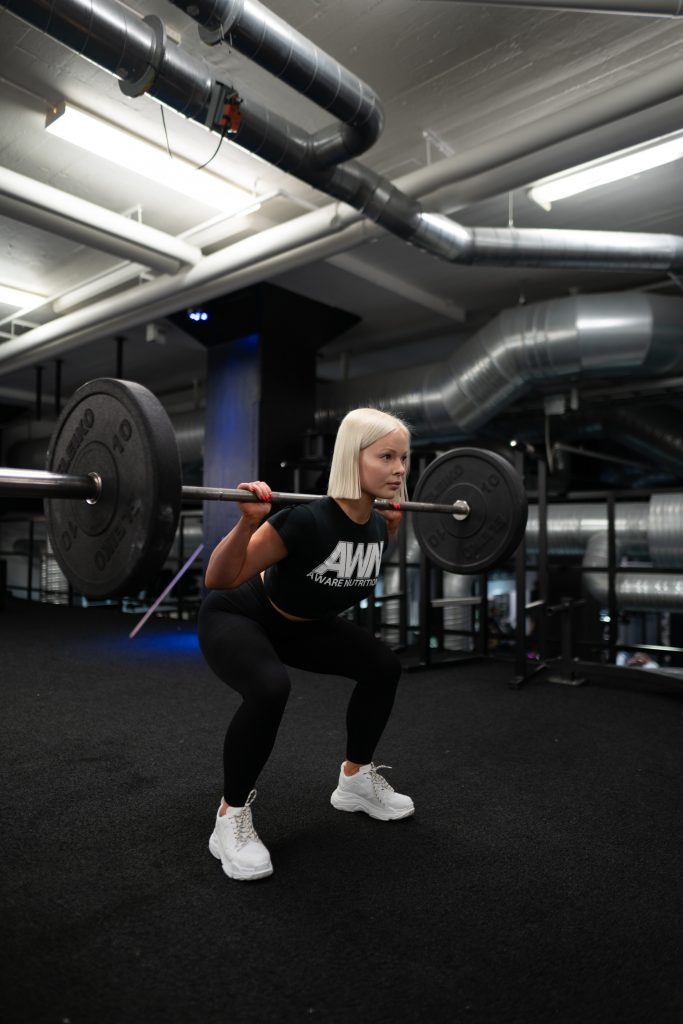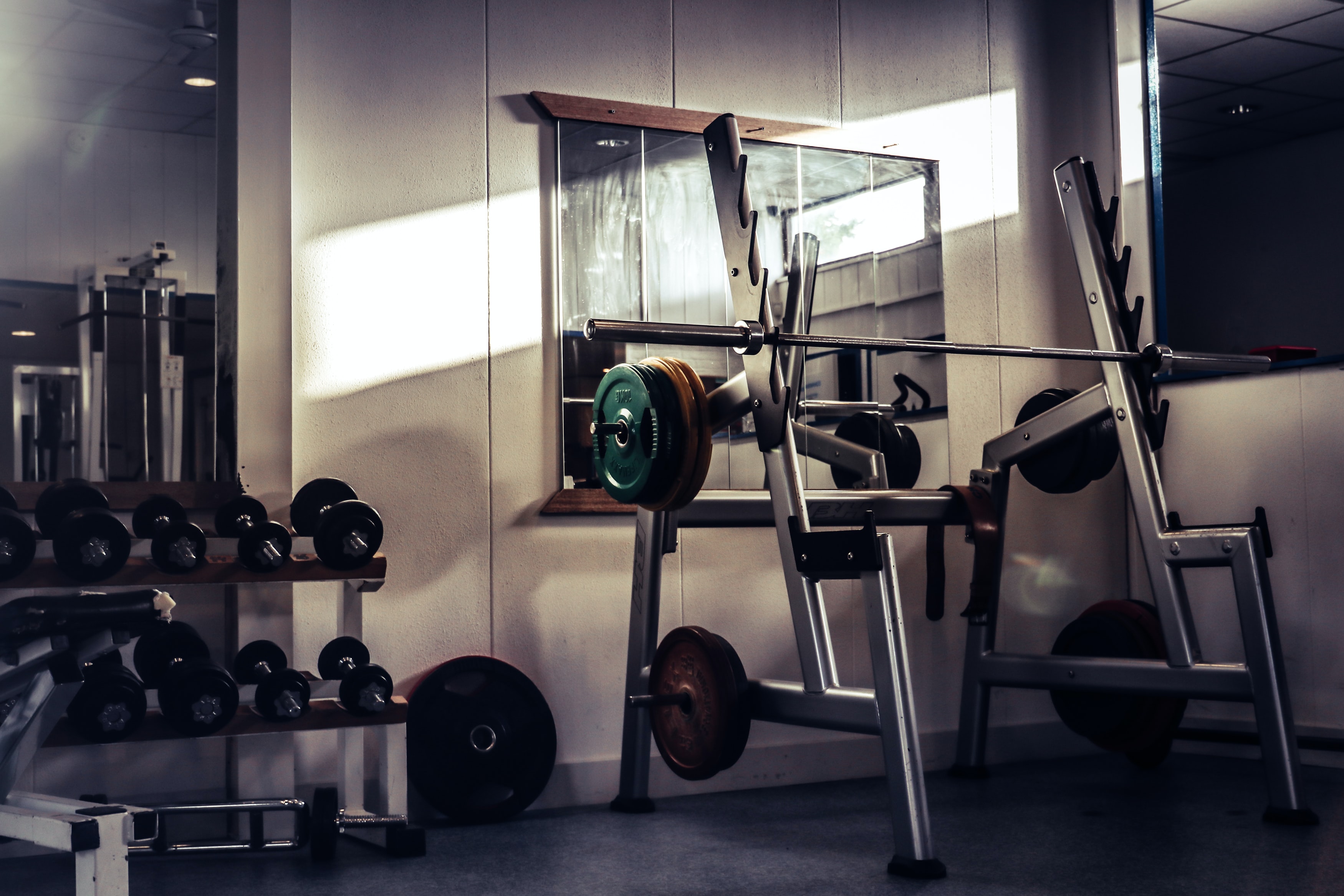Introduction
One of the best exercises to improve overall muscular strength, balance, coordination, and others is squatting. The following are five reasons why you should squat deep:
To Improve /Retain Mobility
Deep squatting requires a great deal of mobility in the ankles, low back, and hips. Continuously squatting full range of motion (ROM), with good form, will help maintain that ROM for a long time.

To Prevent Injuries
If done correctly, squatting helps joint stabilizers in the knees, hips, and ankles. Stabilizers are engaged in coordination and balance required to correctly perform squats to reinforce the larger muscle groups. Performing squats, and other exercises, correctly can help act as an injury prevetion process.
It’s Good for your Knees
People have a notion that squatting below the parallel may hurt your knees but this is not true. If you stop abruptly above the parallel, shear forces put on the knee joint behaves like a car slamming on the breaks at a red signal. It is not good for the brake pads or your knees.
As pointed out in this article, there is no strain on the ACL when squatting compared to “less dangerous” leg extension. To add on, PCL forces are 3.5 times the body mass when squatting compared to 4.5 times body mass during the leg extension. Although there are situations that may prevent an athlete from squatting to full depth, healthy athletes ought to squat deep.
More Core Recruitment
Your transverse abdominals, obliques, and erectors are the main stabilizers of the trunk. They are heavily used during squats. For a greater rate of development, it is important to stabilize your body for a greater ROM under heavyweight since your core is isometrically contracted throughout the squat. Tips on how to effectively do these squats can be found here.
Glute Recruitment
Last, but not least, is glute recruitment. Strong glutes help your drive during acceleration in sprints because glutes are your engine in sports. They ensure you can add power to perfect any clean max and also help you successfully effect that long jump PR. Maximum glute recruitment occurs at full depth in the squat. Squatting and heavy compound movements have endocrine boosting effects and a huge benefit in central nervous system adaptation.
Bottom Line
There are many benefits associated with deep squatting. However, these five are the major benefits. You can get a list of affordable equipment you can use here. Start deep squatting today to reap these benefits and improve your game irrespective of the sports you are involved in.
References
- Comfort, P., & Kasim, P. (2007). Optimizing squat technique. Strength & Conditioning Journal, 29(6), 10.
- Hakkinen, K., Pakarinen, A., Alen, M., Kauhanen, H. Komi P.V. (1988). Neuromuscular and hormonal adaptations in athletes to strength training in two years. Journal of Applied Physiology. 65(6). 2406-2412
- Hamlyn, N., Behm, D., Young, W. (2007) Trunk Muscle Activation During Dynamic Weight-Training Exercises and Isometric Instability Activities. J Strength Cond Res. 21(4). 1108-1112

